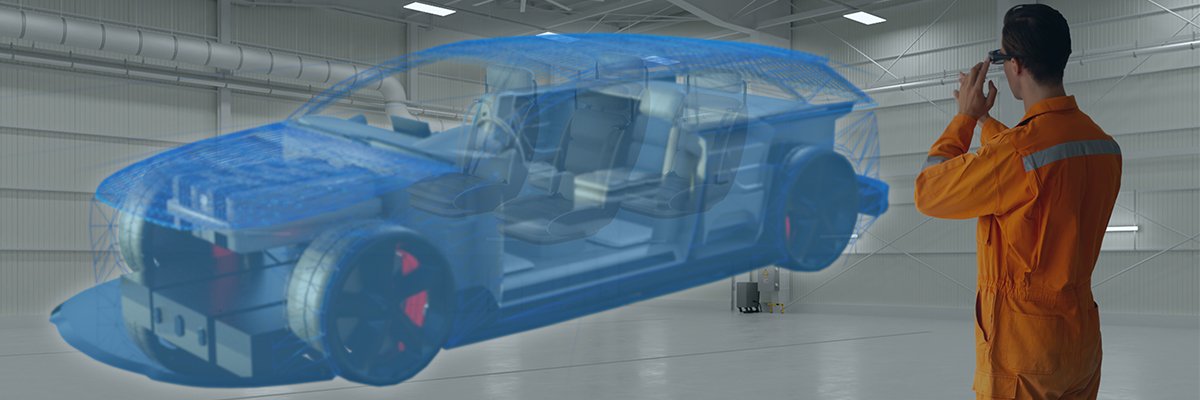The Digital Twin Consortium (DTC) has taken a vertical industry focus on the use of digital twins in aerospace and defence applications, arguing that standards-based alignment of digital thread and digital twin capabilities is critical for enabling scalable, interoperable systems across the sector.
The DTC believes digital twins can empower stakeholders in the sector to integrate faster, manage complexity and optimise lifecycle outcomes. The Aerospace and defense digital twin research and technology gap analysis whitepaper essentially provides recommendations for implementing digital twins throughout the product lifecycle, assisting the aerospace/defence industry in understanding the requirements for successfully deploying these digital twin-enabling technologies.
The research aimed to offer guidance for digital twin adoption and digital transformation in key areas such as standards; digital twin system of systems; calibration and rapid updating of digital twins; digital twin as a service; security/cyber security; artificial intelligence (AI) and intelligent digital twins; heterogeneous data integration, assess and association.
Among the key conclusions were that there was a critical need to examine the standards that currently support the development of digital twins, identify gaps in the governance landscape, and establish expectations for the future.
The DTC advised that focusing on cross-functional and tailorable standardisation will enable all stakeholders to harmonise critical digital twin engineering data and allow digital twins to perform in a 21st century JADO Operational Simulation Ecosystem. The net result will be that stakeholder needs and objectives become more achievable, resulting in affordable solutions that shorten test, demonstration, certification and verification, thereby decreasing lifecycle cost while increasing product performance and availability.
Yet the DTC cautioned that cyber security considerations within a digital twin and across its external interfaces must be customisable to suit the environment and risk tolerance of digital twin owners.
The research made seven recommendations. First, the DTC said that evidence suggests a necessity to examine the standards that currently support digital twins, identify gaps in the governance landscape, and set expectations for future standard development. In addition, the research team identified that standardisation challenges exist when developing, integrating and maintaining digital twins during design, production and sustainment.
There was also a critical need to identify and manage requirements that support interoperability between digital twins throughout the lifecycle. This recommendation also applied to the more complex SoS Digital Twins development initiatives. Digital twin model calibration needs to be an automated process and should be applicable to dynamically varying model parameters.
The report recommended that the aforementioned cyber security concerns had to be considered at the onset of conceiving and building a digital twin programme. The DTC regards digital twin cyber security as an ongoing process that needs to adapt and evolve as the threat landscape changes and technology advances. Furthermore, it said contracting across the product lifecycle to develop and maintain digital twins requires a cross-functional focus that identifies specific standards that guide all stakeholders,
Finally, the report said “clear and measurable” success criteria should be established regarding a virtual digital twin’s performance within an environmental and operational use case. It also observed that policies and frameworks for managing and standardising data across defence acquisition programmes need to be assessed and adopted as appropriate for modifying digital engineering and data management processes. Doing this would meet gap issues and standardisation challenges addressed by the digital twin.
“The digital twins in the DoD [Department of Defence] ecosystem are vital for weapon systems, logistics, maintenance and readiness,” commented whitepaper co-author Brian Schmidt, co-chair of the DTC aerospace and defence working group, and technical fellow and chief engineer at Northrop Grumman.
“The new government directive DoD 5000.97 calls for using digital engineering methodologies, technologies and practices across the lifecycle of defence acquisition programmes. It places stringent security controls on sensitive and classified data, vital for digital twins used in military applications,” he added.
Co-author David Shaw, co-chair of the aerospace and defence working group, and president and CEO at Intuitus Corporation, said: “All Department of Defence branches are developing and deploying digital transformation strategies. These strategies include digital twins and rely on established standards to govern their development. We must examine the standards that currently support digital twins, identify gaps in the governance landscape, set expectations on future standard development, develop advocacy and make recommendations for a path forward.”









